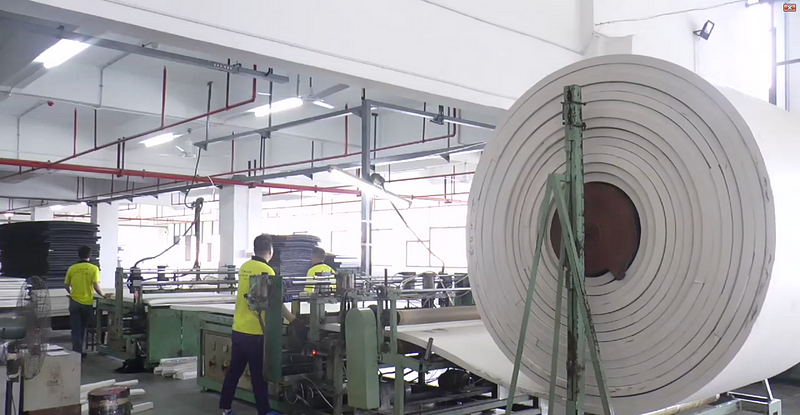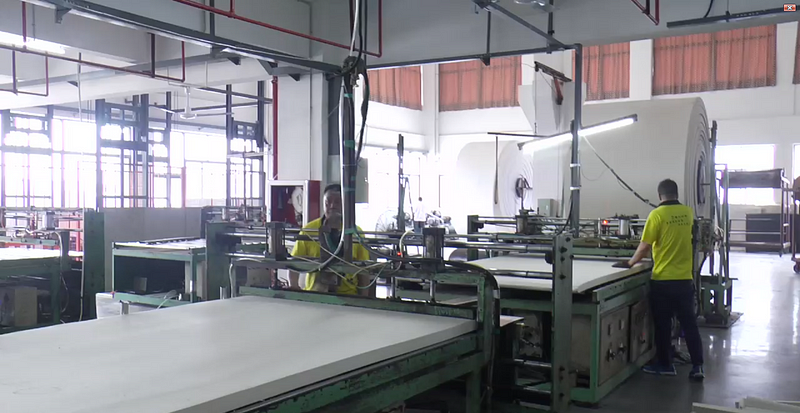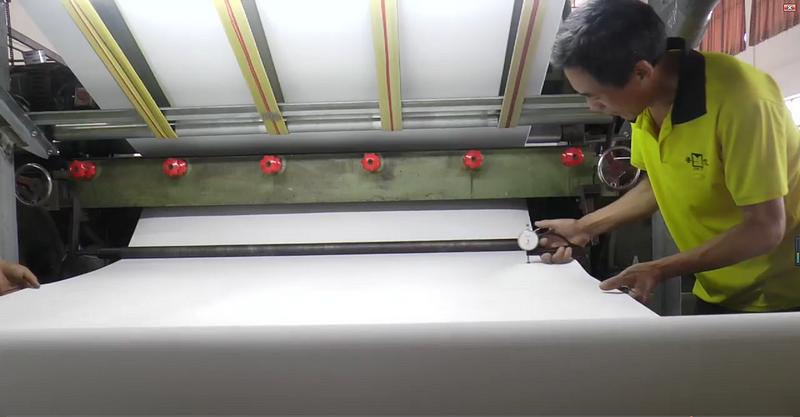The manufacturing processes of EVA foam sheets involve several crucial steps that ensure the material’s quality and suitability for various applications. From material preparation to shaping and curing, each stage plays a vital role in producing high-quality EVA foam sheets. Understanding these processes helps suppliers provide reliable products that meet diverse industry needs.
EVA (ethylene-vinyl acetate) foam sheets are widely used in various industries due to their versatile properties, such as cushioning, shock absorption, and flexibility. Understanding the manufacturing processes involved in producing EVA foam sheets is essential for suppliers to ensure they deliver high-quality products. This article explores the key manufacturing processes of EVA foam sheets, providing insights into how these materials are made and what factors influence their quality.

1. Material Preparation
The first step in manufacturing EVA foam sheets is material preparation. EVA resin is combined with various additives, including foaming agents, colorants, and stabilizers. These additives enhance the properties of the foam, such as its density, color, and durability. The mixture is then thoroughly blended to ensure a consistent formulation. Proper material preparation is crucial as it affects the final quality of the EVA foam sheet, influencing its performance and appearance.
2. Foam Expansion
Once the EVA resin and additives are prepared, the next step is foam expansion. This process involves heating the blended material to initiate the foaming reaction. During this phase, the foaming agents release gases that cause the EVA material to expand and form a cellular structure. The degree of expansion can be controlled to achieve different foam densities and thicknesses. Proper control of the expansion process ensures that the foam sheets have the desired properties for their intended applications.

3. Molding and Shaping
After foam expansion, the next step is molding and shaping the EVA foam. The expanded foam is placed into molds of various shapes and sizes, depending on the required specifications. The molds are then subjected to heat and pressure, which further solidifies the foam and gives it the desired shape. This step is crucial for producing foam sheets that meet specific dimensions and performance requirements. Accurate molding and shaping ensure that the final product is consistent and meets the quality standards.
4. Curing and Cooling
Following molding and shaping, the EVA foam sheets undergo a curing process. Curing involves heating the foam sheets at a controlled temperature to improve their mechanical properties and ensure proper cross-linking of the EVA material. This process enhances the foam’s durability, elasticity, and overall performance. After curing, the foam sheets are cooled to stabilize their shape and properties. Proper curing and cooling are essential to achieving high-quality EVA foam sheets with consistent performance.

5. Surface Treatment
Surface treatment is an additional step that may be applied to EVA foam sheets to enhance their appearance and functionality. This can include processes such as surface coating, lamination, or embossing. Surface treatments can improve the foam’s resistance to abrasion, UV light, and other environmental factors. Additionally, they can provide aesthetic enhancements, such as textured surfaces or printed designs. Surface treatment ensures that the EVA foam sheets are suitable for various applications and meet specific requirements.
6. Quality Control
Quality control is a critical aspect of the manufacturing process for EVA foam sheets. Throughout production, various tests and inspections are conducted to ensure that the foam sheets meet the required standards. This includes checking for consistency in density, thickness, and appearance. Additionally, performance tests may be conducted to evaluate properties such as cushioning, shock absorption, and flexibility. Rigorous quality control helps suppliers deliver reliable and high-performance EVA foam sheets to their customers.
7. Packaging and Distribution
Once the EVA foam sheets have passed quality control, they are prepared for packaging and distribution. Proper packaging is essential to protect the foam sheets from damage during transportation and handling. The sheets are typically packaged in rolls or sheets, depending on the customer’s requirements. Effective distribution ensures that the EVA foam sheets reach their intended destinations in good condition and in a timely manner.
Conclusion
Understanding the manufacturing processes of EVA foam sheets is essential for suppliers to provide high-quality products that meet diverse industry needs. From material preparation and foam expansion to molding, curing, and quality control, each step plays a crucial role in determining the final quality of the EVA foam sheets. By adhering to these processes and maintaining strict quality control, suppliers can ensure that their EVA foam sheets offer optimal performance and reliability.
FAQ
1. What is the role of additives in EVA foam sheet manufacturing?
Additives, including foaming agents, colorants, and stabilizers, are combined with EVA resin to enhance the properties of the foam. They affect the foam’s density, color, and durability, ensuring it meets specific performance requirements.
2. How is the density of EVA foam controlled during the manufacturing process?
The density of EVA foam is controlled during the foam expansion phase. By adjusting the amount of foaming agents and the temperature, manufacturers can achieve the desired foam density and thickness.
3. Why is quality control important in EVA foam sheet production?
Quality control is crucial to ensure that the EVA foam sheets meet required standards for consistency, performance, and appearance. It helps identify and rectify any issues during production, ensuring the final product is reliable and high-performing.
